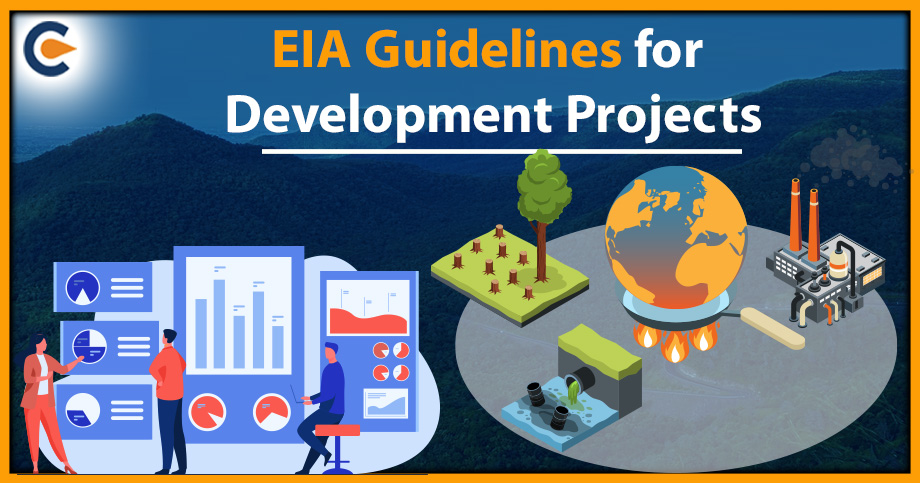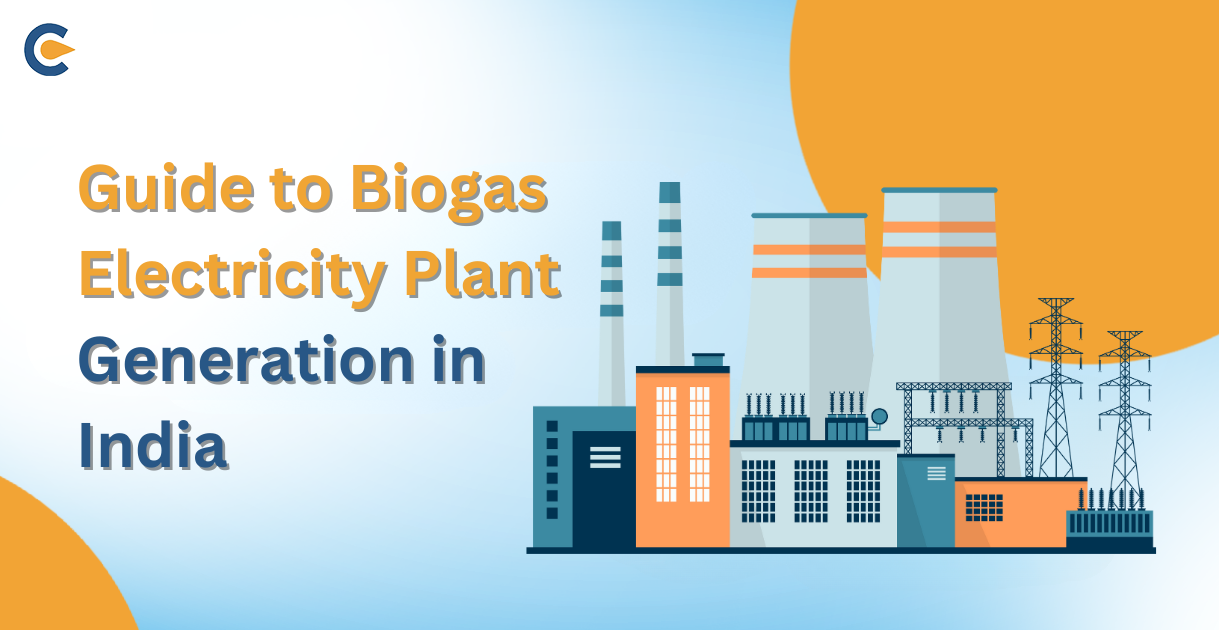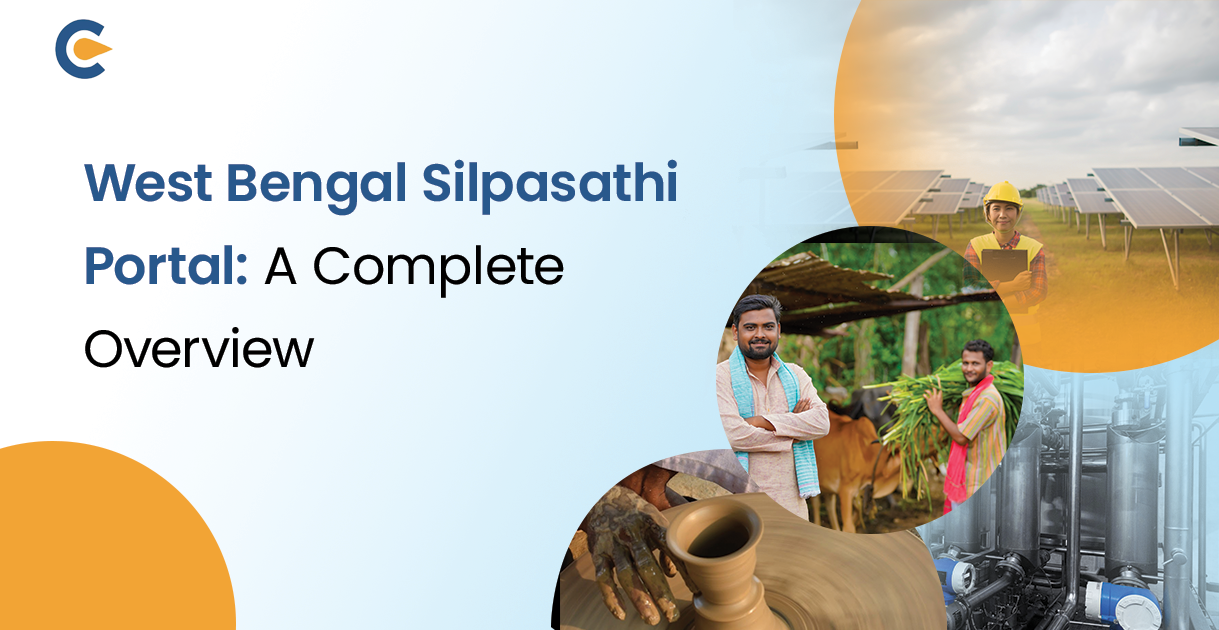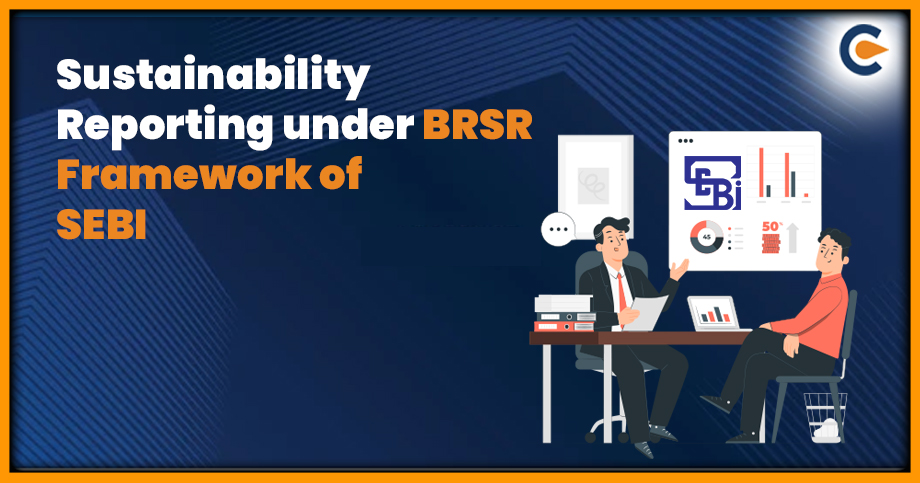In general, EIA guidelines for Development projects are self-contained and incorporated into social infrastructure demands, services, commerce, entertainment, and trash management. Road networks, water supply and management, energy supply and management, and adequate communication services are all part of development projects. Schools, Medicare, recreation, and community centres are examples of social infrastructure. A shopping centre with suitable facilities should be located inside the municipality. Proper waste management, including garbage collection, segregation, treatment, and disposal, should be included in the development project. Infrastructure maintenance, as well as citizens’ security and safety, must be assured. The purpose of the EIA guidelines for Development projects is to develop environmental clearance processes before the establishment of designated kind and scale. One of the key issues in granting environmental clearance to a project is the appropriateness of the proposed development location.
In addition to Form 1 and Form 1A, the applicant must include a copy of the conceptual plan with the application. The following are the specifics of the categories specified in the schedule:
The projects that require an Environmental Impact Assessment report are designated as Category ‘B1’, while the remaining projects are designated as Category ‘B2’ and will not require an Environmental Impact Assessment report. Except for item 8 (a), the Ministry of Environment and Forests should provide appropriate guidelines from time to time for categorising projects as B1 or B2. All projects and activities identified as Category ‘B’ (tem 8 of the Schedule (Construction / Township / Commercial Complexes / Housing) are exempt from scoping and will be evaluated using Form 1/ Form 1A and the conceptual plan.
Validity of Environmental Clearance
In the case of EIA guidelines for Development projects, the environmental clearance given is valid for five years. The regulatory authority concerned may extend this validity period by a maximum period of five years provided an application is made to the regulatory authority by the applicant within the validity period, together with an updated Form 1, and Supplementary Form 1A, for construction projects or activities (Item 8 of the schedule)
Post Environmental Clearance Monitoring
For category B projects, regardless of MoEF/SEIAA clearance, the project proponent must publicly publicise in publications that the project has received environmental clearance and the information of the MoEF[1] website where it is presented.
On the first of June and first of December of each calendar year, the Project management shall provide half-yearly compliance reports in respect of the prescribed previous environmental clearance terms and conditions. All such reports must be made public as per the EIA guidelines for Development projects.
Transferability of Environmental Clearance
A prior environmental clearance granted to an applicant for a specific project or activity to be transferred during its validity to another legal person entitled to undertake the project on application by the transferor/ transferee with a written “no objection” by the transferor, to and by the regulatory authority concerned, on the same terms and conditions as the prior environmental clearance was initially granted, and for the same validity period.
Generic Structure of Environmental Impact Assessment Document
According to the MoEF’s EIA guidelines for Development projects of September 14, 2006, the generic format of the EIA document should be as follows:
- Contents Introduction
- Project Description
- Environmental Description
- Anticipated Environmental Impacts & Mitigation Measures
- Alternatives Analysis (Technology and Site)
- Environmental Monitoring Programme
- Additional Studies
- Project Benefits
- Environmental Management Plan
- Summary & Conclusion
- Disclosure of Consultants engaged
Identification of Project
As per the EIA guidelines for Development projects, the project proponent’s profile, contact information (e-mail, fax, phone number, etc.) should be provided. All correspondence with the MoEF must be made solely by the authorised signatory. The approved signature must also provide documentation to back up his claim to be an authorised signatory for the specific project.
Brief Description of Project
Details on the project’s nature, size, location, and significance to the country and area should be given in this section. The project site description must include survey/khasra numbers, village, tehsil, district, state and extent of the land, as well as latitude and longitude of the borders. As per the EIA guidelines for Development projects, the planned action must be properly described in terms of existing national and international environmental laws/regulations. If any announced environmental restrictions/limitations are imposed by the district administration, state, or central government, these should be included. Details of any litigation(s) pending against the project/proposed site and any court of law directions issued against the project should be provided.
In the event of project expansion/modernization, the environmental compliance status for the current project should be provided for the following:
- Status of Environmental Clearance and compliance with the terms and conditions for the existing project.
- Validity of the Air & Water Consent orders, and Hazardous Waste Authorization (HWA) from SPCB/ PCC for the existing project.
- Notices/directions issued by regulatory agencies under section 33(A) of the Water Act, section 31(A) of the Air Act 1981 during the last one year.
Site Selection
As per EIA guidelines for Development projects, the proposed land use must be consistent with the area’s approved Master Plan/Development Plan. If no approved Plan exists, approval from the competent authorities should be obtained and filed for Environmental clearance. A detailed explanation should be supplied if the proposed development is outside the municipal borders or planning region. Sites for new townships should study the cultural and historical conditions, the urban context considerations, the availability of water and other infrastructure systems like electricity, roadways with adequate width and capacity and environmental aspects including ecosystems and diversity.
Identification of Natural Hazard Prone Areas
Earthquake Prone Areas
- Intensities of VII or above on the Modified Mercalli or MSK intensity scale are considered moderate to high. Regions classified as seismic zones III, IV, and V according to IS 1893. As a result, all places inside these three zones will be classified as earthquake-prone.
- In these zones, sites with soil characteristics and water table levels suitable to liquefaction or settlement due to earthquake vibrations would pose a larger danger to buildings and structures, which will be given special attention under Land Use Zoning.
- Within these zones, hilly areas identified as having poor slope stability conditions and where earthquakes could trigger landslides, where earthquakes could initiate mud flow due to prior saturated conditions, and where earthquakes could trigger avalanches will be especially risk prone.
- Whereas the earthquake hazard-prone areas defined in ‘a’ are identified on the IS 1893 small-scale map and more easily identified on the larger size state-wise maps given in the Vulnerability Atlas of India, the special risky areas must be determined specifically for the planning area under consideration through special studies to be carried out by geologists and geotechnical engineers.
- If the GSI (Geological Survey of India) identifies an active fault trace, a structure for human habitation must be put back by a minimum of 15 m on either side of the fault trace.
Cyclone Prone Areas
As per the EIA guidelines for Development projects following are the Cyclone Prone Areas: –
a. Areas prone to cyclonic storms are found along India’s sea coast, where cyclonic wind speeds of 39 metres per second or higher are specified in the Wind Velocity Map given in IS 875 (part 3) to a small scale and easily identified in the Vulnerability Atlas of India, where maps are drawn on a larger scale.
b. In these cyclone-prone locations, sites that are likely to be subjected to significant rain-induced floods or flooding by sea water under storm surge circumstances are especially problematic owing to flood flow damage and inundation under water.
c. Whereas sites under ‘a’ are easily identifiable, those under ‘b’ require a particular contour survey of the planning area under consideration as well as a study of the area’s previous flooding and storm surge history. These studies may have to be conducted by the Survey of India or locally constituted survey teams, with assistance from the Central Water Commission, the Government of India, and the department of the State or Union Territory dealing with floods.
Flood Prone Areas
As per the EIA guidelines for Development projects following are the Flood Prone Areas: –
a. Flood-prone locations in river plains (both unprotected and protected by bunds) are identified in the Flood Atlas of India created by the Central Water Commission and duplicated on a wider scale in state-by-state maps in the Vulnerability Atlas of India.
b. In addition to the locations, other places may be flooded as a result of severe rains, flooding in depressions, backflow in drains, poor drainage, failure of protective works, and so on.
c. Whereas the flood prone regions under ‘a’ are recognised on the accessible maps, the areas under ‘b’ must be determined by a local contour survey and a study of the planned area’s flood history. Such studies might be conducted out by the Survey of India or local survey teams, with assistance from the Central Water Commission and the departments of the state or union territory dealing with floods.
Land Slide Prone Areas
As per the EIA guidelines for Development projects following are the Land Slide Prone Areas: –
- While most hilly locations are recognised to be prone to landslides/landslips, the susceptibility of the various places to landslides ranges from extremely low to very high. Landslide zoning naturally necessitates mapping on a huge scale.
- Two sorts of criteria are regarded crucial in the development of the landslide zone map, as described below:
- Factors/Parameters of Geology/Topography
– Lithology
– Lineaments/Geological Structures
– Relationship between slope and dip (bedding, joint)
– Geomorphology
– Drainage
– Slope aspect, slope angle, and slope morphology
– The usage of land
– The texture and depth of the soil
– Weathering of rocks
- Causing Factors
– Rainfall
– Anthropogenic Earthquake
- Factors/Parameters of Geology/Topography
Mitigation Measures
The goal of the EIA guidelines for Development projects is the following: –
To ensure the health and safety of construction workers by making effective provisions for basic sanitation, drinking water, and equipment or mechanical safety, among other things. The following are some guidelines to follow:
- Adhere to the safety procedures, guidelines, and suggestions (where applicable) outlined in Part 7 Constructional Practices and Safety, 2005, the National Building Code of India, and the Bureau of Indian Standards.
- Provide clean drinking water to all staff.
- Provide enough distributed latrines and urinals for construction workers. – Protect all parts of dangerous machinery.
- When working with machinery, certain precautions must be taken.
- Maintaining hoists and lifts, lifting machinery, chains, ropes, and other lifting equipment in top condition.
- Long-lasting and reusable formwork solutions to replace timber formwork and ensure correct formwork maintenance when in use.
- Ensuring high-quality raised walking surfaces or boards with safety rails or belts.
- Provide fire-prevention measures. Fire extinguishers and sand buckets will be placed in the fire-prone region and elsewhere.
- Provide adequate and appropriate lighting for working at night.
- Provide enough and appropriate lighting for night time work.
Alternative Technologies
As per the EIA guidelines for Development projects, the use of alternative technologies for each component of the building’s exterior, superstructure, finishes, road, and surrounding regions is thoroughly examined (NBCode 2007). Some examples are as follows:
- Brick and block products, including waste and recycled materials such as fly ash (waste from coal-fired power plants), blast furnace slag, sewage sludge, waste wood fibre, and so on.
- Walls may be built with lightweight aerated concrete blocks made from fly ash.
- Perforated bricks can be used to build walls.
- Some alternative roofing techniques include brick panels with joists, filler slab roofing, brick funicular shell roofing, RCC channel units, and micro-concrete roofing tiles.
Some of the alternate materials for openings in construction are: –
- Precast thin lintels, ferro-cement-sunshade cum lintels, and so forth.
- Utilization of renewable wood for doors and windows
- Use of recycled steel in steel manufacturing
- Aluminium containing certified recycled content
- Doors and window frames made from sawdust
- PVC doors and windows, rice husk boards, and natural fibre-reinforced polymer composite door panels.
- Bamboo-based items, such as bamboo strips and boards. Finishing options include fly ash, ceramic tiles, and terrazzo floors.
- The use of non-renewable construction materials will assist in limiting the usage of non-renewable resources and the impact on natural resources. The materials utilised should be properly noted in the EIA report.
Conclusion
The EIA Guidelines for development projects highlight the advantages to the community, neighbourhood, region, and country. It includes beneficial details such as Improvements to the project’s physical infrastructure, as well as any auxiliary businesses that may emerge as a result of the project. Improvements to social infrastructure such as roads, trains, townships, housing, water supply, electricity, drainage, educational institutions, and hospitals, among other things. Employment potential for skilled, semi-skilled, and unskilled labour both during the construction and operational phases of the project, with special attention paid to the employment potential of the local population as well as the need to impart any specialised skills to them in order for them to be eligible for such employment in the project on a long-term basis, i.e., during the operational and maintenance stages of the project.
Read Our Article: Importance Of Environmental Impact Assessment (EIA) In India











